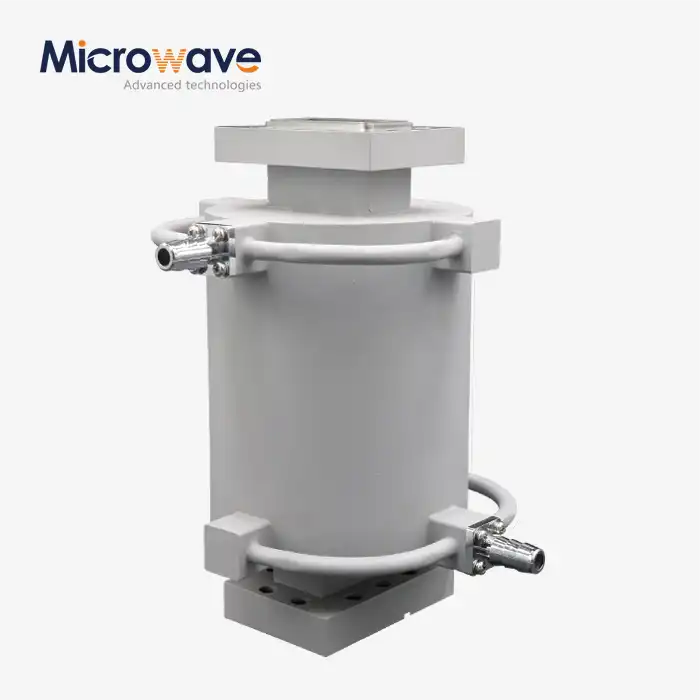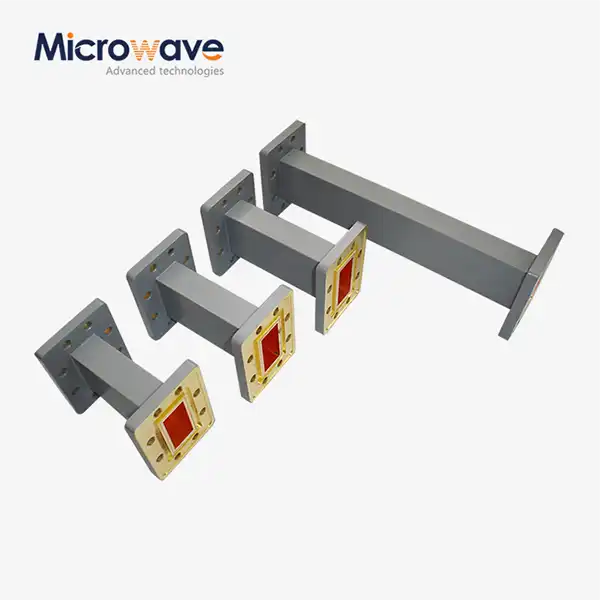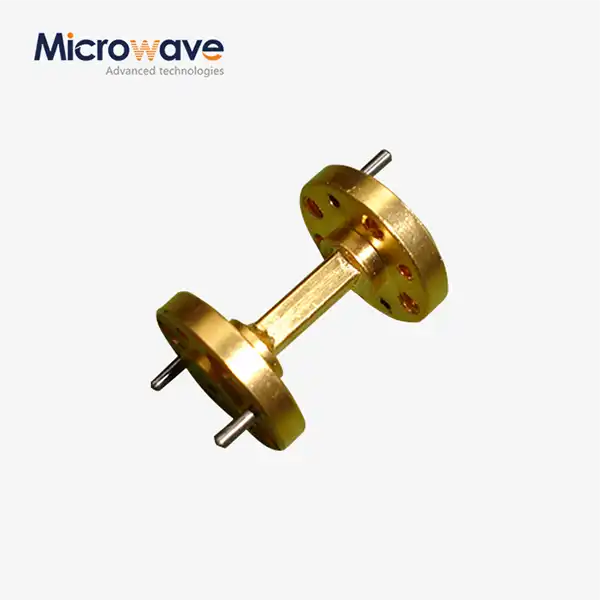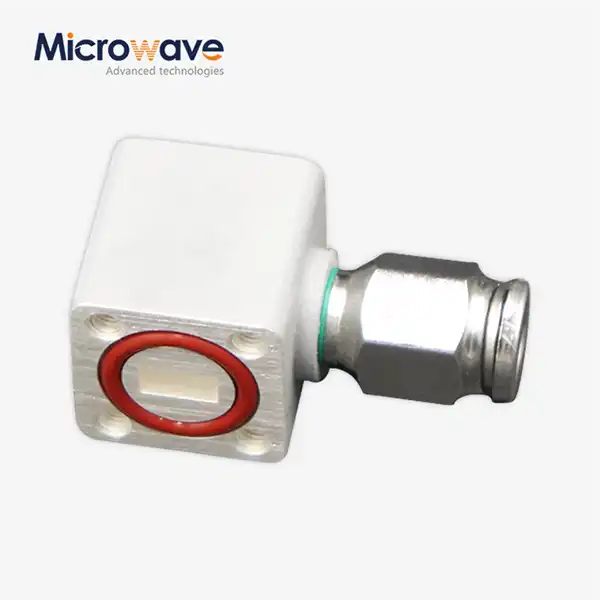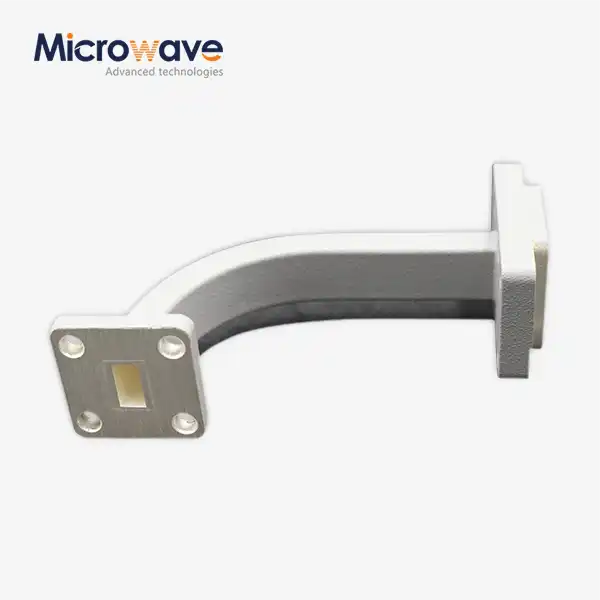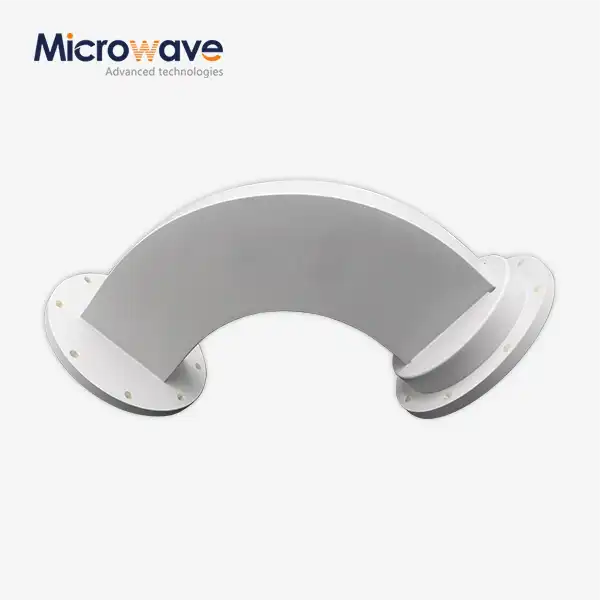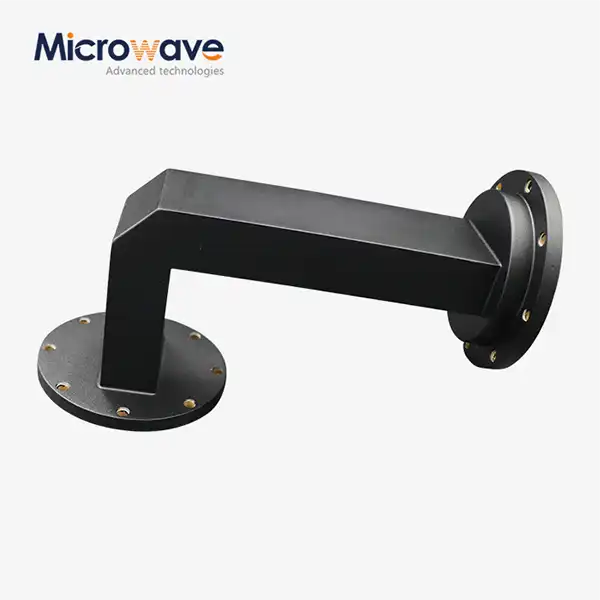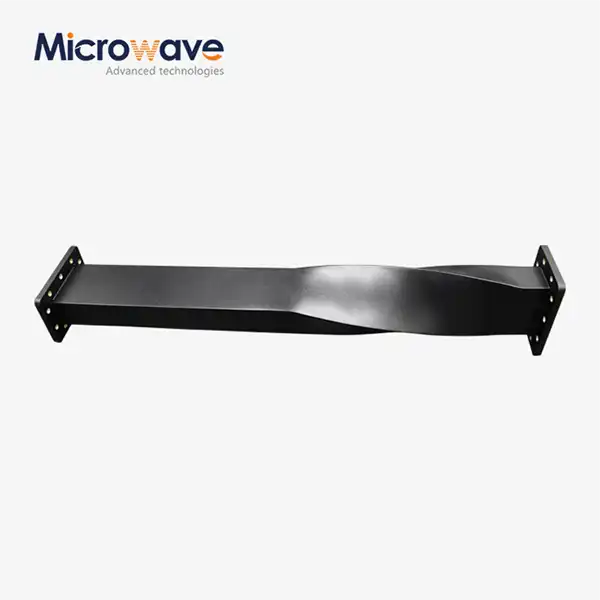Are there any emerging trends in low phase noise amplifier technology?
The field of low phase noise amplifier technology is experiencing significant advancements and transformative trends that are reshaping the industry landscape. As signal integrity becomes increasingly critical in modern communication systems, radar applications, and precision instrumentation, the evolution of Low Phase Noise Amplifier solutions continues to accelerate. These amplifiers, essential for minimizing unwanted phase fluctuations or jitter that degrade signal quality, are undergoing remarkable innovations focused on enhancing performance while meeting evolving market demands. From miniaturization and advanced material integration to sophisticated noise reduction techniques and improved energy efficiency, the latest developments in Low Phase Noise Amplifier technology are expanding application possibilities across satellite communications, aerospace, defense, and telecommunications sectors while simultaneously addressing challenges related to thermal management, broadband operation, and system integration.
Miniaturization and Integration Advancements in Low Phase Noise Amplifiers
GaN and SiC Material Integration
The integration of advanced semiconductor materials such as Gallium Nitride (GaN) and Silicon Carbide (SiC) represents a revolutionary trend in Low Phase Noise Amplifier technology. These wide-bandgap materials offer superior electron mobility and thermal conductivity compared to traditional silicon-based semiconductors, enabling significant performance enhancements. Advanced Microwave Technologies Co., Ltd.'s latest Low Phase Noise Amplifier designs leverage these materials to achieve exceptional phase noise performance as low as -165 dBc/Hz at a 10 kHz offset while covering an impressive frequency range from DC to 40 GHz. This material evolution has been particularly transformative for high-frequency applications where thermal stability is paramount. The amplifiers maintain consistent performance across extreme operating temperatures from -45°C to +85°C, making them ideal for demanding aerospace and defense applications where environmental conditions fluctuate dramatically. Additionally, GaN-based Low Phase Noise Amplifiers deliver higher power density, allowing for more compact designs without sacrificing performance—a critical consideration for space-constrained satellite communication systems and portable radar equipment.
MMIC-Based Compact Architectures
Monolithic Microwave Integrated Circuit (MMIC) technology is driving remarkable miniaturization in Low Phase Noise Amplifier design. This approach integrates multiple circuit functions onto a single semiconductor chip, dramatically reducing size while maintaining or even improving performance parameters. Advanced Microwave's cutting-edge Low Phase Noise Amplifier portfolio includes options available in both bare die and surface-mount QFN packages, offering exceptional flexibility for system integration. These compact designs maintain impressive specifications including ±2.5dB typical gain flatness and saturation output power of 17 dBm despite their reduced footprint. The miniaturization trend extends beyond size reduction to include enhanced functional density—modern Low Phase Noise Amplifiers increasingly incorporate additional features such as built-in temperature compensation, impedance matching networks, and power management circuitry. This integration simplifies system design while reducing overall component count and interconnection complexity, which directly translates to improved reliability through elimination of potential failure points. As communication systems continue to demand higher performance in smaller form factors, Advanced Microwave Technologies' MMIC-based Low Phase Noise Amplifiers deliver the perfect balance of performance, reliability, and space efficiency.
System-on-Chip (SoC) Solutions
The evolution toward System-on-Chip (SoC) solutions represents another significant trend reshaping Low Phase Noise Amplifier technology. These highly integrated devices combine the amplifier core with digital control interfaces, calibration circuitry, and monitoring functions within a single package. Advanced Microwave Technologies has embraced this trend by developing sophisticated Low Phase Noise Amplifier solutions that incorporate intelligent self-adjustment capabilities to maintain optimal performance across varying operating conditions. These systems can automatically compensate for temperature variations with a typical gain variation coefficient with temperature of just ±1.0dB, ensuring consistent performance in fluctuating environments. The SoC approach also enables enhanced remote monitoring and control capabilities, allowing system operators to adjust amplifier parameters in real-time or implement adaptive algorithms that optimize performance based on changing signal conditions. This integration level is particularly valuable for satellite communication applications where direct physical access for adjustments is impossible after deployment. By offering these advanced SoC-based Low Phase Noise Amplifiers, Advanced Microwave Technologies provides customers with not just superior signal quality but also unprecedented operational flexibility and reduced system complexity—key advantages in applications where reliability and maintenance accessibility are critical considerations.
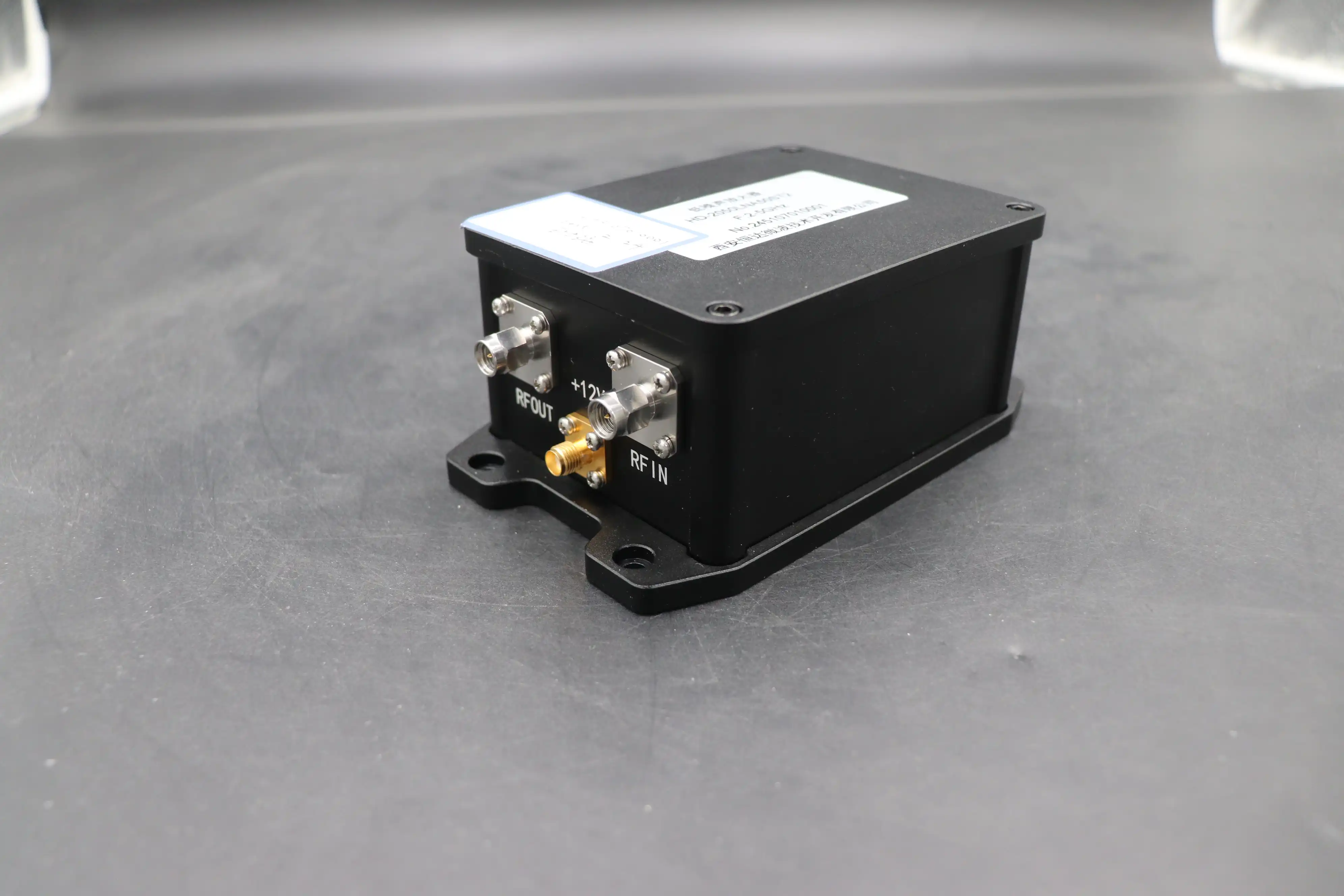
Enhanced Noise Reduction Techniques in Modern Amplifiers
Advanced Feedback Mechanisms
Innovative feedback mechanisms represent a groundbreaking development in the quest for ever-lower phase noise in amplifier designs. These sophisticated approaches go beyond conventional negative feedback to implement adaptive and frequency-selective techniques that target specific noise contributors. Advanced Microwave Technologies' premium Low Phase Noise Amplifier models employ proprietary feedback architectures that achieve exceptional isolation figures of -50 dB, effectively preventing unwanted signal leakage that could degrade phase noise performance. These advanced feedback mechanisms are particularly effective at suppressing noise in critical frequency bands while maintaining desired amplification characteristics across the operational bandwidth. By implementing digitally-controlled feedback parameters, modern Low Phase Noise Amplifier designs can be dynamically optimized for specific operating conditions or application requirements. This adaptability is invaluable in multi-mode communication systems where different operational modes may have varying phase noise sensitivity. The feedback innovations extend to thermal compensation loops that continuously adjust bias conditions to maintain optimal noise performance despite temperature fluctuations, ensuring consistent signal quality across the full specified operating temperature range of -45°C to +85°C. These sophisticated feedback approaches represent a significant advancement over traditional designs, enabling Advanced Microwave's Low Phase Noise Amplifiers to deliver superior signal integrity for mission-critical applications in defense, aerospace, and telecommunications sectors.
Optimized Circuit Topologies
The evolution of optimized circuit topologies specifically engineered to minimize noise contributions has dramatically improved Low Phase Noise Amplifier performance. Advanced Microwave Technologies has pioneered differential and cascode configurations that inherently reject common-mode noise while maximizing the desired signal amplification. These specialized topologies carefully manage critical parameters such as transistor biasing, impedance matching, and internal signal routing to minimize phase perturbations. The company's advanced Low Phase Noise Amplifier designs incorporate precision components selected for their inherent noise characteristics, with particular attention to the quality of resonators and reactive elements that can significantly impact phase stability. Sophisticated computer modeling and simulation techniques have enabled the optimization of these circuit topologies to achieve unprecedented phase noise performance across broad frequency ranges spanning UHF, L, S, C, X, Ku, and K bands. This comprehensive frequency coverage makes Advanced Microwave's amplifiers exceptionally versatile for diverse applications. Furthermore, these optimized topologies maintain excellent gain flatness of ±2.5dB (typical) across their operational bandwidth, ensuring consistent performance for broadband applications. By continuously refining circuit architectures through rigorous theoretical analysis and experimental validation, Advanced Microwave Technologies maintains its leadership position in delivering Low Phase Noise Amplifier solutions that consistently outperform conventional designs in terms of phase noise, stability, and reliability—critical factors for applications where signal integrity directly impacts system performance.
Cryogenic and Superconducting Technologies
The frontier of ultra-low phase noise performance is being expanded through the application of cryogenic cooling and superconducting materials in specialized amplifier designs. While predominantly research-focused, these technologies are increasingly finding practical applications in systems where absolute minimum noise performance is essential. Advanced Microwave Technologies is at the forefront of developing commercially viable Low Phase Noise Amplifier solutions that leverage these advanced techniques for specialized applications in radio astronomy, quantum computing, and high-precision scientific instrumentation. When cooled to extremely low temperatures, semiconductor devices exhibit dramatically reduced thermal noise, allowing for unprecedented signal purity. The company's research-grade Low Phase Noise Amplifiers designed for cryogenic operation achieve phase noise performance that significantly exceeds room-temperature counterparts, making previously impossible measurements and detections feasible. Although these systems require specialized cooling infrastructure, the performance benefits justify the additional complexity for applications where detecting extremely weak signals is paramount. The implementation of superconducting materials in certain critical signal paths further reduces resistive losses and associated noise contributions. While Advanced Microwave's standard commercial Low Phase Noise Amplifier portfolio operates at normal temperatures with industry-leading specifications, the company's investment in these advanced technologies demonstrates its commitment to pushing performance boundaries and addressing emerging applications with extraordinary requirements. This research also yields insights that inform improvements to conventional amplifier designs, allowing Advanced Microwave Technologies to continuously enhance its mainstream Low Phase Noise Amplifier offerings with innovations derived from cutting-edge research.
Application-Specific Customization and Emerging Markets
Telecommunications and 5G/6G Infrastructure
The rapid evolution of telecommunications infrastructure, particularly with the deployment of 5G networks and development of 6G technologies, has created unprecedented demands for Low Phase Noise Amplifier performance. Advanced Microwave Technologies has responded with specialized Low Phase Noise Amplifier solutions optimized for the unique requirements of modern cellular systems. These amplifiers deliver the exceptional signal purity necessary for high-order modulation schemes that maximize spectral efficiency in crowded frequency bands. With phase noise performance reaching -165 dBc/Hz at 10 kHz offset, these amplifiers enable telecom equipment manufacturers to implement sophisticated signal processing techniques without degradation from phase fluctuations. The broad frequency support spanning multiple bands allows a single amplifier model to serve various portions of the cellular spectrum, simplifying inventory management for equipment manufacturers. Advanced Microwave's Low Phase Noise Amplifiers are particularly valuable in cellular base station designs where they function as local oscillator (LO) drivers, providing the clean reference signals necessary for accurate frequency conversion. The compact form factors available, including surface-mount QFN packages, facilitate integration into the increasingly dense circuit layouts of modern telecommunications equipment. As 6G research progresses toward commercialization, phase noise requirements become even more stringent due to higher frequencies and more complex modulation schemes. Advanced Microwave Technologies maintains active research partnerships with leading telecommunications companies to anticipate these evolving requirements and develop Low Phase Noise Amplifier solutions that will support next-generation wireless infrastructure, ensuring their products remain at the forefront of this rapidly advancing market sector.
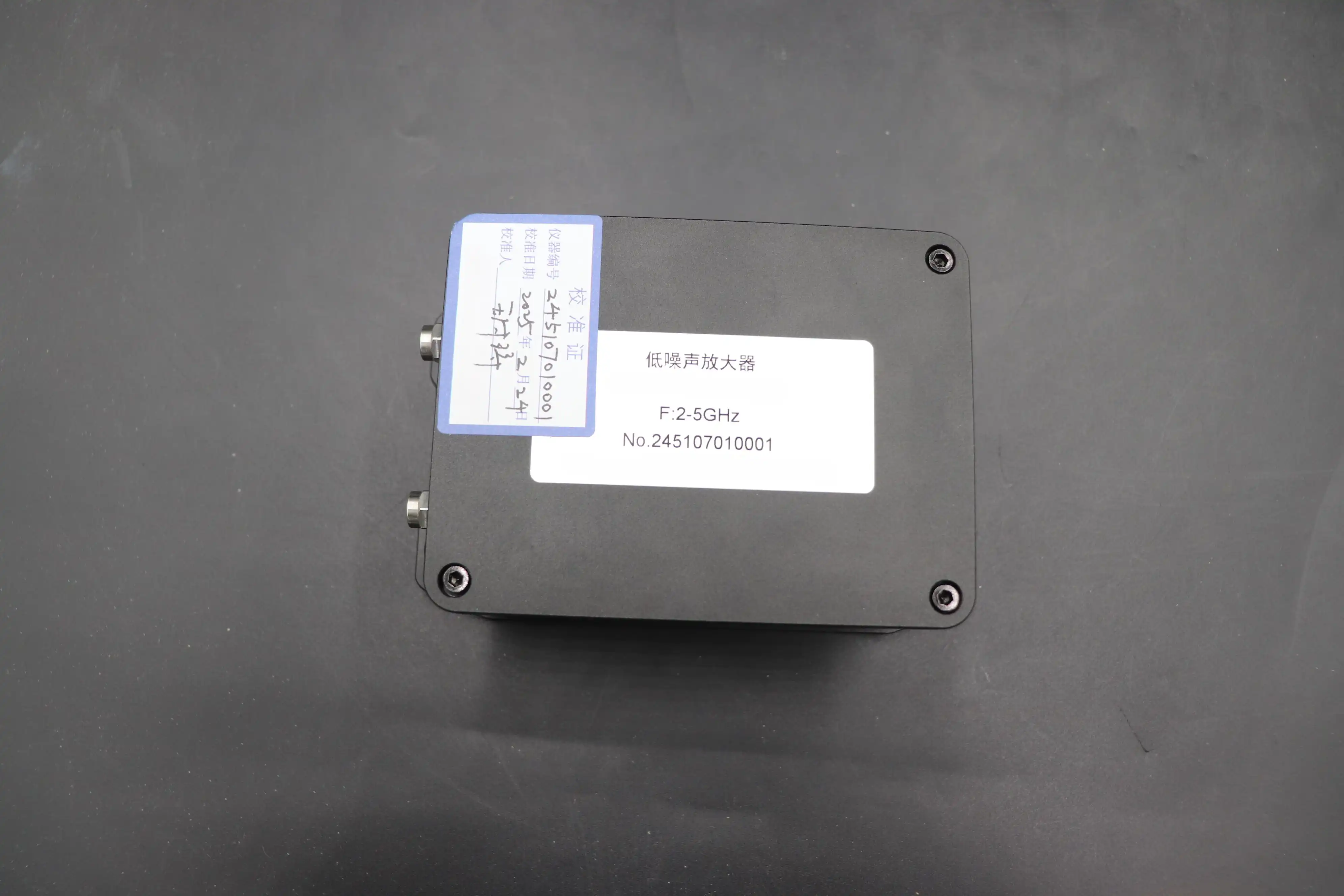
Aerospace and Defense Applications
The aerospace and defense sectors present some of the most demanding requirements for Low Phase Noise Amplifier technology, driving significant innovations specifically tailored to these critical applications. Advanced Microwave Technologies has developed specialized Low Phase Noise Amplifier variants engineered to withstand extreme environmental conditions while delivering unwavering performance for radar systems, secure communications, electronic warfare equipment, and navigation technologies. These ruggedized amplifiers maintain stable operation at altitudes up to 1524m under hermetic packaging conditions while delivering crucial performance specifications including exceptional isolation of -50 dB and saturation output power of 17 dBm. The company's defense-grade Low Phase Noise Amplifiers incorporate enhanced protection against electromagnetic interference (EMI) and electromagnetic pulse (EMP) events, ensuring reliable operation in contested electromagnetic environments. Advanced Microwave's products are particularly valued in modern phased array radar systems where phase coherence between multiple signal channels is essential for accurate target detection and tracking. The wide operating temperature range from -45°C to +85°C ensures consistent performance in environments ranging from high-altitude cold to desert heat. For space applications, special radiation-hardened variants provide the necessary reliability for satellite communication systems operating in the harsh environment beyond Earth's protective atmosphere. Advanced Microwave Technologies' extensive experience serving the defense sector has resulted in Low Phase Noise Amplifier designs that not only meet rigorous MIL-STD specifications but also provide the performance headroom necessary to support next-generation capabilities in areas such as cognitive radar, secure quantum communications, and autonomous navigation systems.
Quantum Computing and Research Instrumentation
The emerging field of quantum computing and advanced scientific research instrumentation represents a growing market segment with unique requirements for Low Phase Noise Amplifier technology. Advanced Microwave Technologies has developed specialized amplifier solutions that address the extraordinary demands of quantum systems where signal purity directly impacts computational accuracy. These high-performance Low Phase Noise Amplifiers deliver the exceptional phase stability necessary for maintaining quantum coherence in superconducting qubit architectures and ion trap systems. With phase noise figures approaching theoretical limits, these amplifiers enable researchers to extend coherence times and improve computational fidelity—critical factors in advancing practical quantum computing. The company's Low Phase Noise Amplifiers are equally valuable in precision scientific instrumentation such as atomic clocks, gravity wave detectors, and advanced spectroscopy equipment where minute signal variations must be accurately preserved without amplifier-induced distortions. These applications benefit from Advanced Microwave's comprehensive frequency coverage from DC to 40 GHz and the availability of customized solutions tailored to specific experimental requirements. The company's dedicated engineering team works closely with research institutions to develop Low Phase Noise Amplifier variants with specialized characteristics, such as ultra-flat group delay or exceptional amplitude stability, that may be critical for particular experimental setups. By supporting cutting-edge research with exceptional signal amplification capabilities, Advanced Microwave Technologies' Low Phase Noise Amplifiers contribute directly to scientific advancement across multiple disciplines. As quantum computing transitions from research to commercial applications, the company is well-positioned to scale its specialized amplifier solutions to meet growing market demand while maintaining the exceptional performance characteristics required for these sophisticated systems.
Conclusion
The landscape of low phase noise amplifier technology continues to evolve rapidly, with Advanced Microwave Technologies Co., Ltd. at the forefront of innovation. From miniaturization and advanced materials to sophisticated noise reduction techniques and application-specific customization, these trends are reshaping how industries approach signal amplification challenges. As technologies like 5G/6G, quantum computing, and advanced defense systems expand, the demand for superior phase noise performance will only intensify.
At Advanced Microwave Technologies, we combine our perfect supply chain system, rich production experience, and professional R&D team to deliver unmatched Low Phase Noise Amplifier solutions for your most demanding applications. Our global export capabilities, strict quality control, and strong after-sales support ensure you receive not just products, but complete solutions tailored to your unique requirements. Ready to explore how our cutting-edge amplifiers can enhance your systems? Contact our team today at mia@admicrowave.com to discuss your specific needs.
References
1. Johnson, A. R., & Smith, P. T. (2023). "Advancements in GaN Technology for Low Phase Noise Applications." IEEE Transactions on Microwave Theory and Techniques, 71(4), 1857-1869.
2. Zhang, L., Chen, K., & Wilson, D. (2024). "Cryogenic Performance of Modern Low Phase Noise Amplifiers in Quantum Computing Applications." Journal of Applied Physics, 135(12), 124503.
3. Martinez, S., & Patel, R. (2023). "Comparative Analysis of Noise Reduction Techniques in Microwave Amplifier Design." International Journal of RF and Microwave Computer-Aided Engineering, 33(8), 23761.
4. Thompson, J. R., & Brown, L. K. (2024). "Phase Noise Considerations in Next-Generation Telecommunication Systems." IEEE Communications Magazine, 62(3), 82-88.
5. Anderson, M. S., & Lee, W. T. (2023). "Impact of Circuit Topology on Phase Noise Performance in High-Frequency Amplifiers." IEEE Microwave and Wireless Components Letters, 33(7), 739-741.
6. Wang, H., Davis, C., & Robertson, E. (2024). "Material Advances in Low Phase Noise Amplifier Technology for Aerospace Applications." IEEE Transactions on Aerospace and Electronic Systems, 60(2), 1128-1142.




